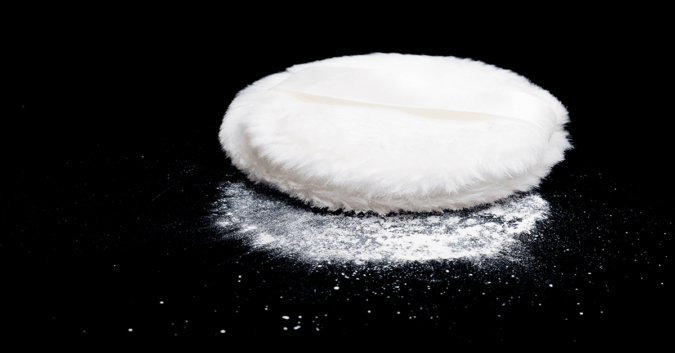When a company wants to market a new drug to American consumers, the Food and Drug Administration (FDA) evaluates the new product to see if it is safe and effective. Companies are responsible for testing the new drugs, but ultimately, the FDA gets has to review and approve the drug before.
If, on the other hand, a company wants to put a new cosmetic product on the American market, they can just do it. As unbelievable as it sounds, cosmetics products do not require FDA approval in order to be sold.
To a large extent, the cosmetics industry is allowed to police itself based on rules set up in 1938 by the Federal Food Drug and Cosmetics Act. American consumers do have protections against dangerous cosmetics, but they only come into play after a problem has been identified.
Under the law, cosmetics must be safe so long as they are used as directed. It is illegal for cosmetics to be adulterated or misbranded. A cosmetic is adulterated if it contains a poisonous substance, and it is misbranded if the labeling information is inaccurate or incomplete.
This might all sound good on the surface, but the FDA has little power to enforce or monitor these standards.
Who Found the Asbestos in Children’s Cosmetics? Hint: Not the FDA
The recent recall of children’s makeup manufactured by Claire’s, prompted by evidence of asbestos contamination, highlights the troubling lack of control the FDA has when it comes to regulating cosmetics.
Asbestos is a toxic mineral that causes mesothelioma, a rare and extremely deadly cancer with no known cure, and the makeup was intended to be applied to sensitive areas of the skin. Thankfully, the alarm was sounded, but its discovery was made by reports in the media, not testing done by the FDA.
Liz Hitchcock, acting director of Safer Chemicals, Healthy Families, described the situation to The Guardian, “Because FDA law is so outdated, it leaves it to the general public and NGOs and individual moms to be scrutinizing these products.”
A 2017 recall, also of Claire’s products, was brought to national attention by a Rhode Island mother who sent her 6-year-old daughter’s glitter make-up kit to get tested by an independent lab. The lab found asbestos in her daughter’s cosmetics. The mother then purchased Claire’s cosmetics in 9 different states and had those tested, too.
Each of the 17 products they purchased from different states contained asbestos, too. Claire’s eventually issued a statement and pulled the product.
Janet Nudelman, director of the Campaign for Safe Cosmetics, spoke with the Guardian about the 2019 Claire’s recall:
“It is appalling that it’s perfectly legal to sell kids makeup in this country contaminated with asbestos – a known human carcinogen. . .
I don’t know what’s worse – asbestos in kids’ products or the fact that the FDA can’t do anything about it.”
Bound by the 80-year-old laws of the Federal Food Drug and Cosmetics Act, the FDA could ask — but not compel — Claire’s to pull its poisonous products.
Where Is the Asbestos in Cosmetics Coming From?
The likely culprit of the asbestos contamination in certain cosmetics products, such as Claire’s make-up and Johnson & Johnson’s Baby Powder, is an ingredient called talc. As the softest mineral on the planet, talc has a number of properties that make it especially useful in a range of consumer products.
Because of its wide use, talc is mined in great quantities. Unfortunately, however, talc often occurs naturally alongside asbestos, which makes mining talc quite difficult and quite dangerous. It’s no wonder that miners develop mesothelioma at a higher rate than the general population, but the danger posed by asbestos does not end there.
Asbestos fibers are very small, and it is incredibly hard to separate the talc from the asbestos. Because asbestos fibers are so lethal — there is no safe level of exposure — it makes the long-term dangers posed by contaminated products a real threat. By using an adulterated talc product, someone is opening the door to developing mesothelioma.
Currently, Johnson & Johnson is facing more than 14,000 lawsuits from women who allege that their cancer was caused by the company’s talc products. To this day, in spite of internal memos that say otherwise, the company claims that there has never been asbestos in their products.
With Johnson & Johnson trying to evade accountability in the face of conflicting evidence, and Claire’s stumbling between one asbestos recall and the next, maybe it’s time that the FDA tightened the rules.
Allowing cosmetics companies to police themselves is not working out.
